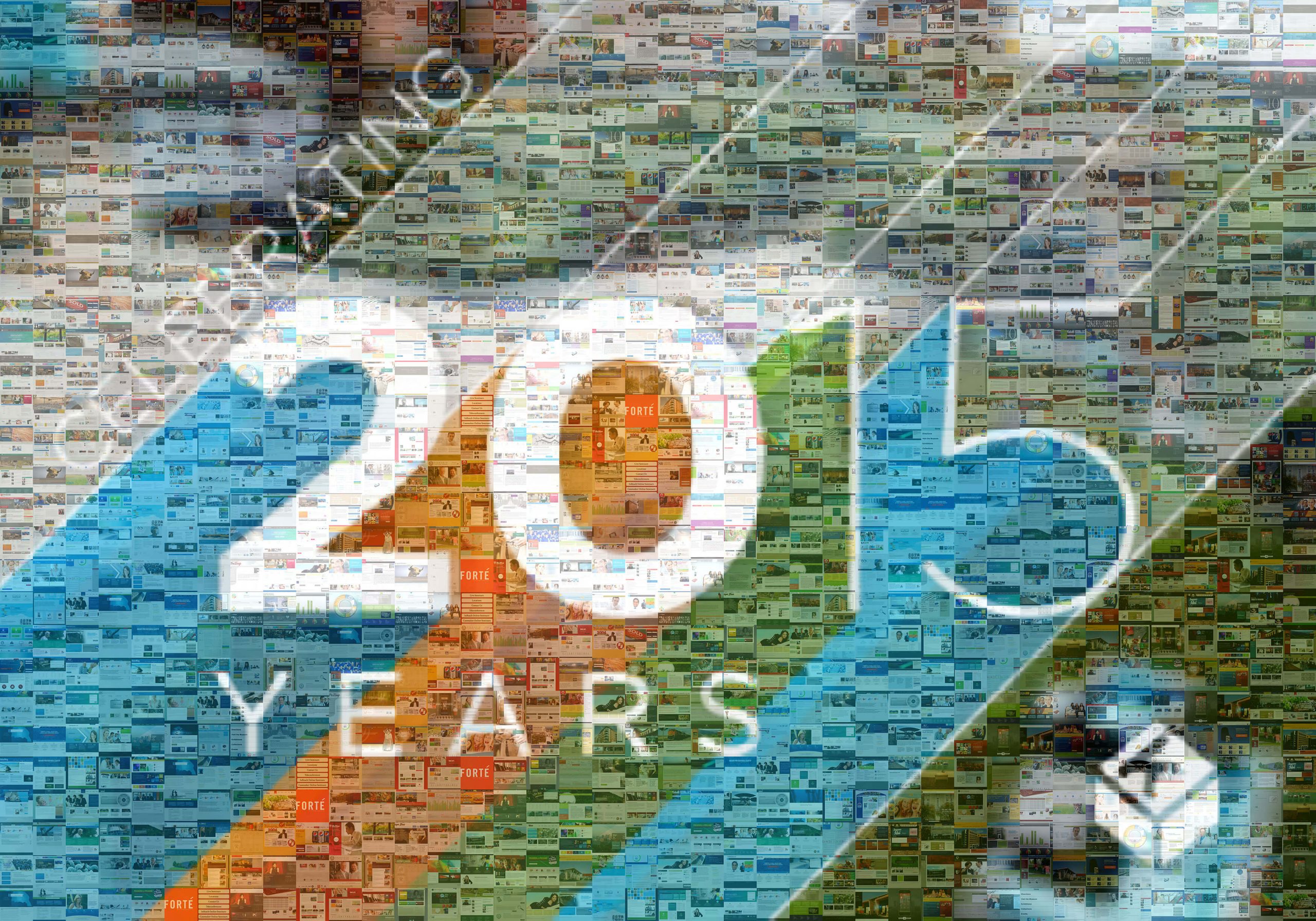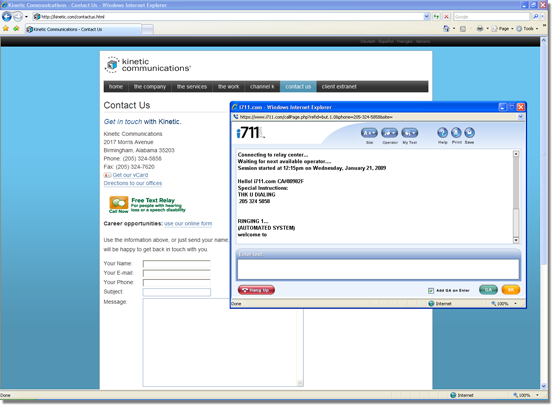Depending on which survey you read, 25-70% of all software development projects fail, go over budget or past deadline. And there are numerous examples of spectacular project failures and wasted fortunes, like the Denver Airport’s baggage system, the California DMV’s driver’s license renewal system and American Airlines’ flight booking system.
Call us crazy, but we like to deliver our projects on time and within budget, especially since we often bid on a flat rate basis for the entire project. Since our inception, we’ve taken steps to improve project planning, propose accurate estimates and realistic deadlines for our clients.
Quality planning takes time
Planning can often account for 25% of a project’s hours. To borrow from one of our favorite analogies, comprehensive planning should result in a “blueprint” for the project, a finely detailed project specification that objectively communicates the end product in granular detail. In order to estimate the time required to complete a project, this minutiae becomes critical. If incorrect assumptions are made regarding the project’s specification, it’s easy to get off track.
Cynics have shaken their heads and say that we “charge for estimates,” and they’re right. Estimating a project incorrectly represents a significant business risk for us. But it’s not just the bottom line where things can go wrong. Fundamental features and functionality that may seem “easy” often aren’t. Borrowing from our house analogy, we can’t swap the basic deck for an enclosed sunroom without adding to the cost.
Quality planning mitigates risk and scope creep
Effective project planning can avoid painful “scope” discussions later. For project managers, there’s nothing less fun than telling a client that a request isn’t within the scope of our agreement. We aim to please by our nature. And we love to throw in lagniappe in the form of extra touches if a project is going well. But venturing away from a project’s specification can snowball quickly if it’s not controlled early. Our solution most of the time is to quote an incremental cost and projected delay for the request and ask the client to make the call.
Why doesn’t everyone plan then?
Planning dollars aren’t fun to spend. At least that’s our theory to explain the resistance we sometimes encounter. The ample evidence proves that dollars spent on planning generate a tremendous return on their investment (or at least mitigate substantial risk). But project specifications and legalistic descriptions and even wireframe diagrams aren’t nearly as sexy or tangible as a functioning website. Perhaps it’s the intimidating technical jargon of project specifications that’s tough to weed out. After an hour around a meeting table it’s possible that clients assume that we’re all on the same page. Maybe we’ve oversold our talents and given the impression that we have all the answers. Perhaps we haven’t made a compelling case for planning before (which is one motivation for this piece). Whatever the reason, we cannot overemphasize the value of good preparation.
Our best case for why clients should invest in planning
Planning leads to saving – Without quality planning and some client feedback and direction, we can miss opportunities to save dollars too. Spending some time discussing the project’s goals and target audience often yields suggestions from our team that can meet objectives at a lower cost.
Smaller projects represent less risk – While we enjoy hitting home runs, we’d much prefer to be the Ted Williams of our business – dependable contact hitters. Swinging for the fences means striking out often. And striking out in software development too many times can put you out of business.
All projects have budgets – We haven’t found a project yet without budgetary constraints. There’s no such thing as a blank check project. We understand if you want to keep exactly how many dollars you have on hand private for negotiating purposes, but a general range will let us know if we can build in the granite countertops and swimming pool, or if we need to opt for Formica and a garden tub.
Wanting “one of everything” is a red flag – In our introductory meetings, we’ll frequently run through all of the services that we offer and brainstorm potential additions that the prospect might want to consider. Ironically, one early warning sign is if a prospect expresses interest in everything we put before them. If a prospect doesn’t know what they don’t want or need, it’s probably safe to say that they can’t articulate what they do need.
Come prepared – We don’t expect any prospect to walk through the door with a perfectly defined project specification – that would be asking them to do our job for us. We have noticed, though, that projects in which clients take the time to prepare a basic project plan often are the easiest to complete. In addition to describing the project, sketches and diagrams are helpful too. Don’t worry, we won’t laugh at your artwork.
RFPs are no substitute for planning – Some clients attempt to fully take on the responsibility of planning themselves and issue Requests for Proposals. While we appreciate their preparation, RFPs rarely represent a defined specification. Once again, we’re left to make assumptions to complete the proposal, and often directed NOT to ask additional questions or deviate from the RFP. Requests for Proposal represent only the client’s vision of a project and avoid collaboration, where we offer suggestions to improve the specification and save dollars. We enjoy partnering with clients and collaborating on the project from the beginning so that we can share our technical and business insight. RFPs short-circuit that process.
Let’s take it slow – If we’ve never worked together before, we love small, manageable “get to know you” projects. Less can go wrong. If we’re not a good fit, both parties can shake hands and part ways amicably. There’s less risk from the client’s perspective too because fewer dollars and less time are obligated to the project.
Planning illuminates phases – The simple act of taking on an initial planning phase adds perspective. One of the enduring advantages of the web is that projects are living, evolving works. Without a broadcast or press deadline, we can break the work into manageable chunks and deliver the project in phases. We can take a break at designated points along the way, straddle annual budgets and schedule work when it makes sense for the client.
We hope with this piece that you’ve warmed up to the idea of planning and given you some concepts to apply for your next technical project. If we can draft a blueprint for your next project, please contact us.






